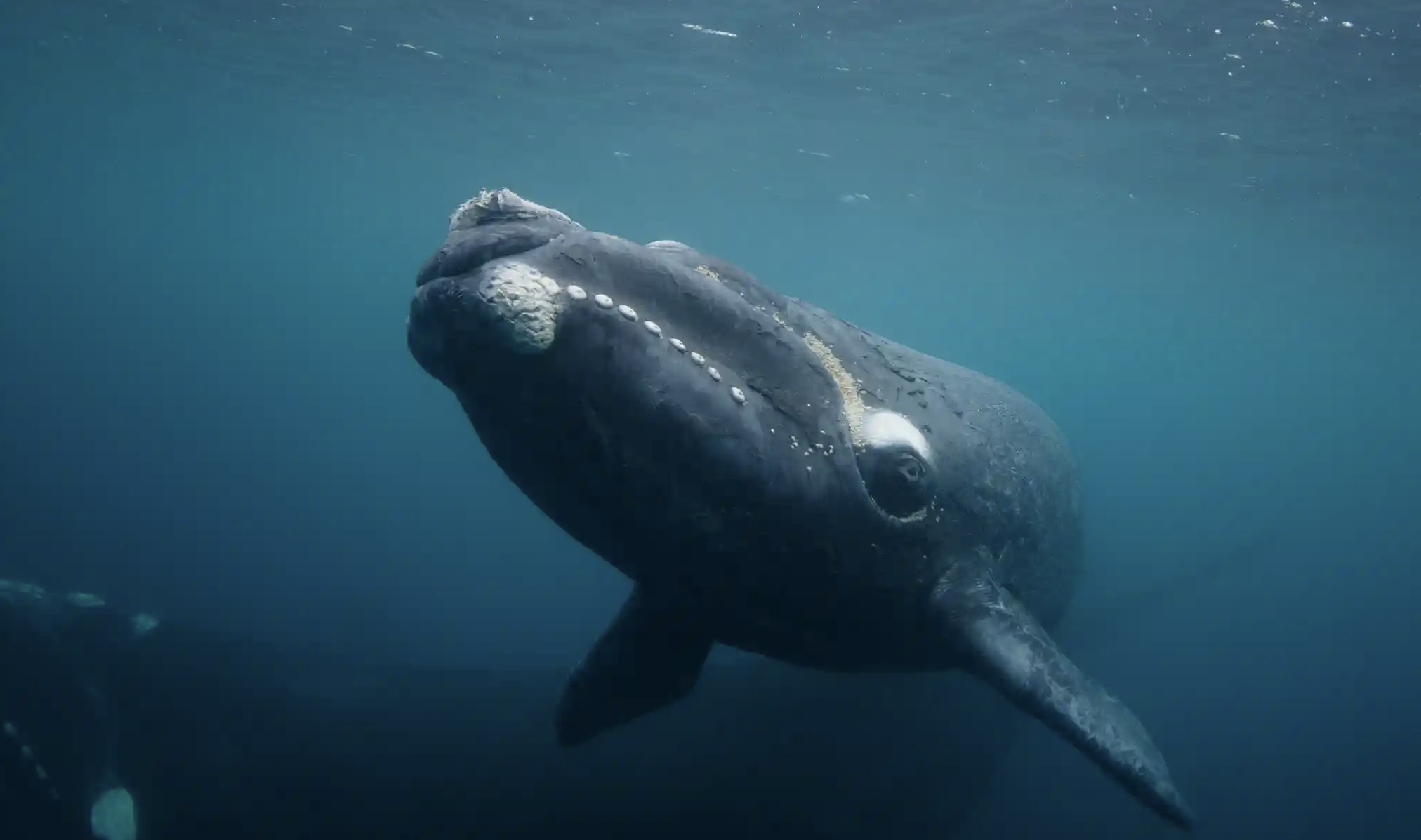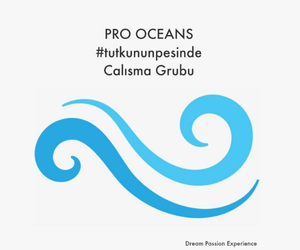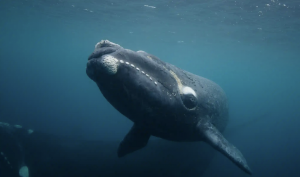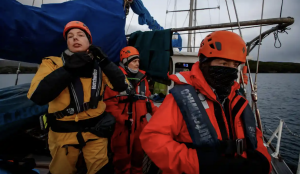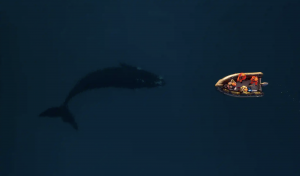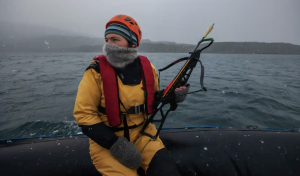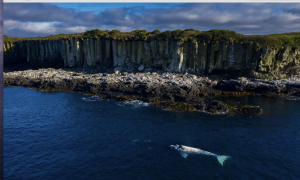A loud bang shatters the winter calm of Port Ross, in New Zealand’s remote Auckland Islands, and the small inflatable boat is rocked by the swirl of a 40-ton whale being swallowed up by the cold, dark water.
When it resurfaces, the team of scientists are happy to see their US$3,200 satellite tag securely fixed to his side. The whale, whom they have nicknamed “Bill”, slips away into the ocean, the tag transmitting his movements. A few days later, researchers watch as he starts heading west towards Australia.
Over a year later, they’re still watching. The team, from the University of Auckland and the Cawthron Institute, satellite-tagged six whales in Port Ross in August 2020. They expected the tags to last for six months, the usual lifespan of these devices. Bill’s tag, however, has kept on transmitting, giving scientists their first ever glimpse into a full year in the life of a right whale.
Whales sighted off the coast of Sydney, Australia
The whale sentinel: two decades of watching humpback numbers boom
Read more
He has now chalked up the longest southern right whale migration ever recorded, a journey covering more than 15,000km (9,300 miles) and crossing three of the world’s great oceans.
Southern right whales were almost wiped out by 19th century whaling. In the 1980s, a remnant population was found breeding in the uninhabited Auckland Islands, 500km south of New Zealand. Since then, their numbers, at the Auckland Islands and at other breeding grounds around the southern hemisphere, have steadily increased.
At the time Bill was tagged, almost nothing was known about where the New Zealand whales went outside the breeding season. The best information available, perversely, was records from the old whaling ships, which showed frequent kills in waters north and east of New Zealand.
Lead scientist Emma Carroll was therefore astonished when Bill and the other tracked whales headed in the opposite direction, towards Australia.
“It’s changed the way we think about the whales’ ecology,” she says. “It suggests that north-eastern foraging ground isn’t as commonly used as it was historically.”
Right whales feed on copepods and krill, tiny crustaceans that they filter from the water with their baleen-plated mouths. After leaving the Auckland Islands, the tagged whales spent a month foraging in waters south of western Australia. Four of the tags stopped transmitting at this point.
Bill and another whale, Tahi, then headed far out into the Indian Ocean, almost halfway to Africa. Tahi turned and came back towards New Zealand, while Bill went south, swimming thousands more kilometres into the krill-rich waters of the Southern Ocean. He then slowly made his way back east along the Antarctic ice edge.
In 1840, the explorer James Clark Ross witnessed large numbers of “black” whales in polar waters south of New Zealand. His report is thought to have referred to southern right whales, but the species was never again recorded there, perhaps because they had been so heavily hunted at their breeding grounds.
Bill’s journey is the first modern evidence that New Zealand right whales are once more frequenting Antarctica.
By winter, Bill had returned to the Auckland Islands, having travelled a third of the way around the world.
Advertisement
The researchers hope that Bill’s track, and those of subsequent tagged whales, will help identify rich feeding areas in the poorly surveyed expanse of sea the whales visit. Once identified, these areas can be protected.
When facing a human attack, sperm whales abandoned the defensive circles used against orca and swam upwind instead.
Sperm whales in 19th century shared ship attack information
Read more
Elsewhere in the southern hemisphere, the recovery of southern right populations appears to have taken a hit from warming oceans. Whales in South Africa have been forced to shift their feeding grounds and their breeding success has dropped off as a result.
New Zealand’s whales, by contrast, are among the fattest and healthiest on the planet. Key to their success may be the apparent adaptability of their foraging strategies.
“Bill was feeding in two completely different regions of the ocean,” says Carroll. “It shows that if one feeding area is not very productive, the whales are able to move to other areas.”
“Hopefully these whales will be able to adjust to changing oceans,” she says, “but we also need to give them a chance. These whales live 70 years, maybe more. The amount of change in their lifetime is going to be incredible if we don’t slow climate change down.”
Carroll and her team returned to the Auckland Islands in July 2021, deploying satellite tags on 12 more whales. Most of them headed off on a similar path to the previous year’s whales. Incredibly, Bill’s tag is, at the time of writing, still transmitting. He’s headed west again, off on another grand tour of the world’s southernmost oceans.
Source: https://www.theguardian.com/world/2021/aug/27/bill-and-tags-excellent-adventure-a-year-in-the-life-of-one-southern-right-whale



